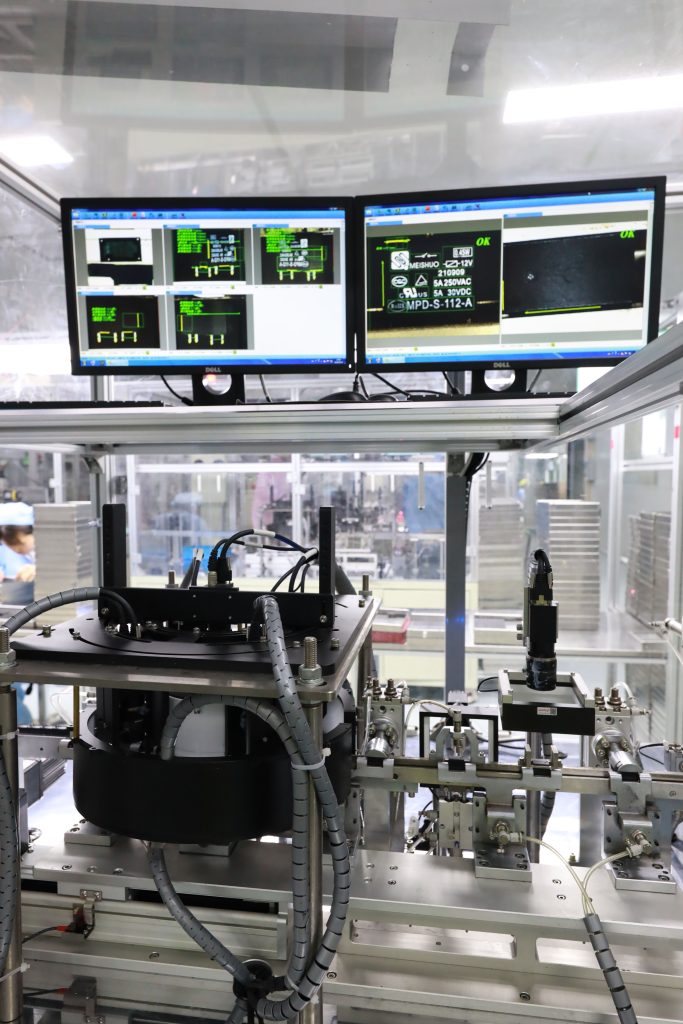Relay production technology has evolved significantly over the years, driven by the increasing demand for high-performance, reliable, and cost-effective relays in various industries. A relay, an essential component in modern electrical and electronic systems, functions by using an electromagnetic coil to control the opening or closing of electrical contacts. This technology plays a critical role in automating processes, managing electrical circuits, and ensuring the protection of high-power systems. This article explores the key aspects of relay production technology, from the materials used to the manufacturing processes and modern advancements in the field.

Design and Materials The production of relays begins with a careful design phase, where the specific electrical and mechanical requirements are considered. A relay must operate under various conditions, including different voltage levels, current capacities, and environmental factors. The design phase includes deciding the type of relay to be manufactured, whether it’s electromechanical or solid-state, based on the intended application. Materials used in relay production are essential for ensuring reliability and longevity. The contacts of the relay, which directly handle electrical currents, are typically made from silver, gold, or silver alloys. These materials are chosen for their excellent conductivity and resistance to wear and corrosion. For the coil, copper or aluminum wire is commonly used, as these materials provide the necessary magnetic field when energized. The housing and frame of the relay are usually made from insulating materials like plastic or resin, which protect the internal components from environmental damage, dust, or moisture.